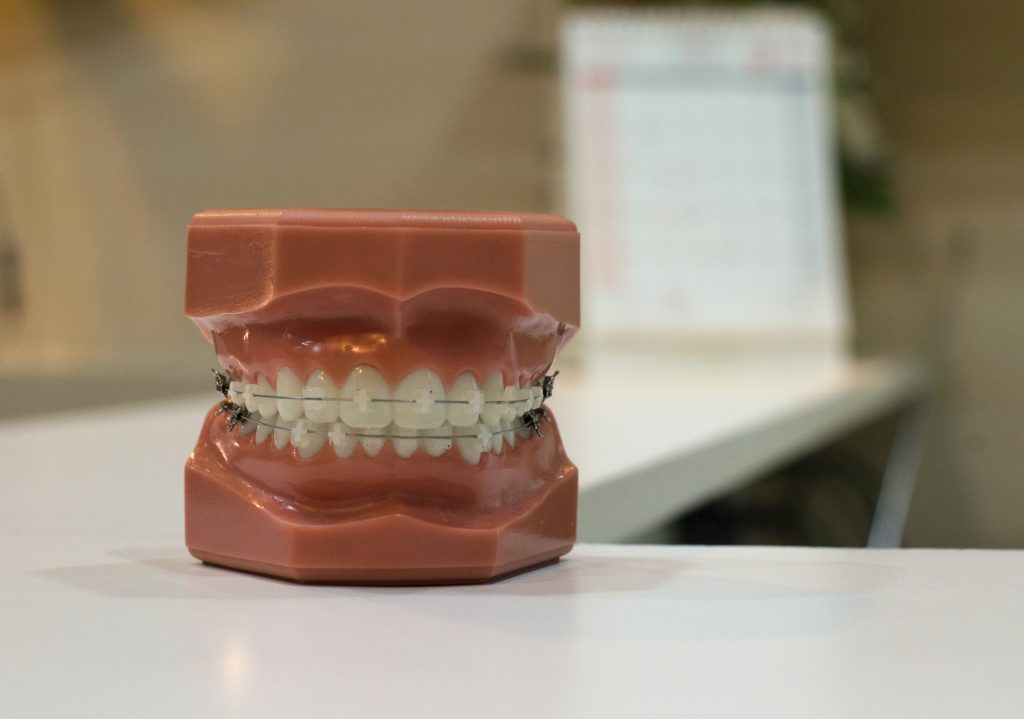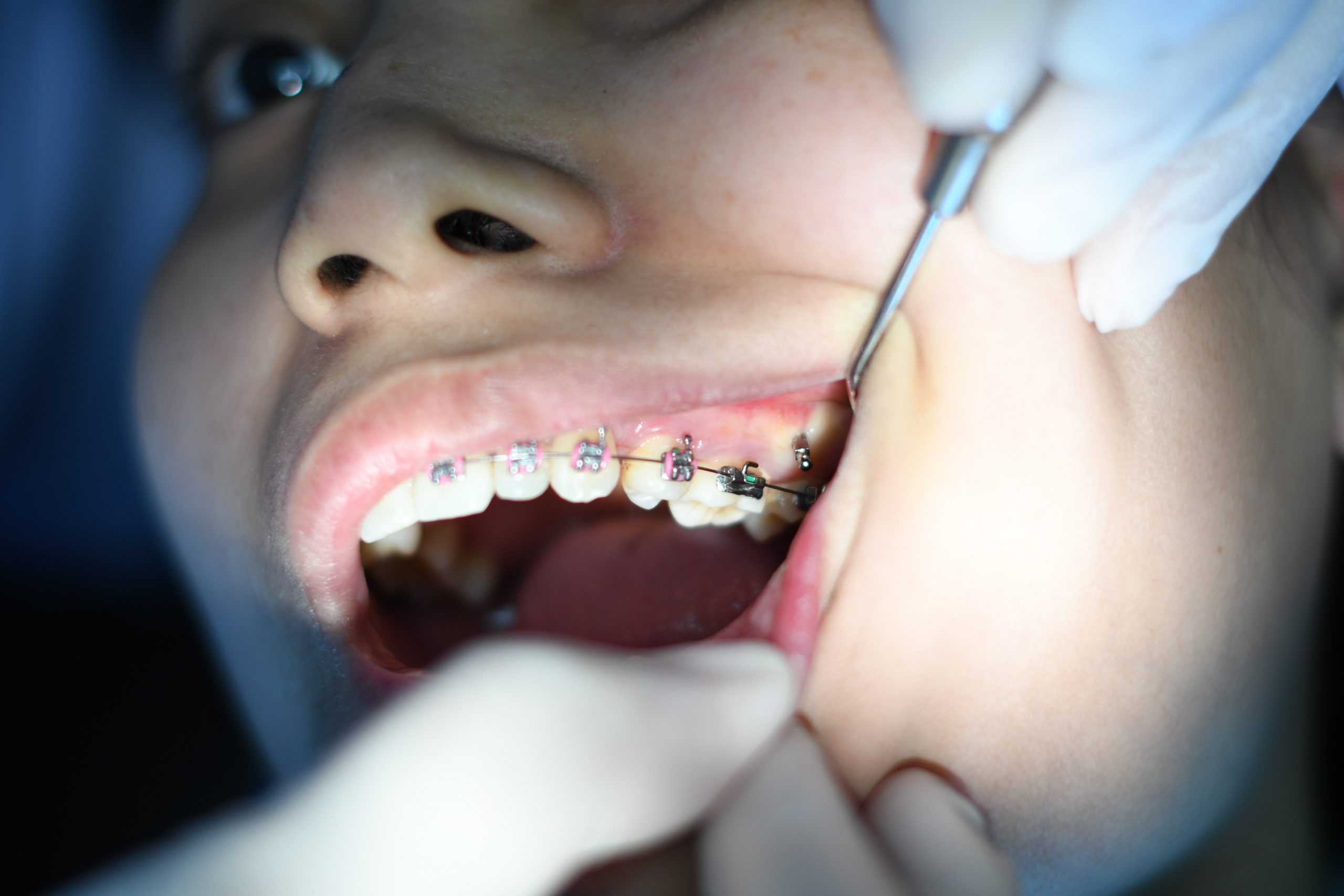For patients who are embarrassed to wear metal orthodontic structures, dentists offer an alternative – invisible braces. Are they really invisible on the teeth?

Ceramic and sapphire braces
In terms of structure and principle of operation, these braces are no different from metal ones. The only difference is in the material. Ceramic constructions are made from matte or translucent ceramics, sapphire – from artificially grown crystals. The shade of the locks is selected individually for each patient to match the native color of the enamel.
Invisible braces are placed on the outside of the teeth, and the patient visits the orthodontist every two weeks to correct the system. Ceramic and sapphire structures require more careful maintenance than metal ones, as they are made of a fragile material. For the duration of wearing, you will have to give up solid foods and drinks containing dye. Despite the fact that the surface of such braces is smooth, pigments can still linger on it. And when the shade of the design changes, the meaning of installing invisible braces is lost.
Ceramic and sapphire systems really do not attract attention as they match the color of the patient’s enamel. But up close, the design is still noticeable, so it’s difficult to talk about the “invisibility” of these braces.
Lingual braces
Translated from Latin, lingua means “language”. Lingual braces are installed on the inside of the teeth, so this option is closer to the title of “invisible braces”. However, this advantage entails many disadvantages.
- It is difficult to care for the structures – it is difficult to reach with a brush to hard-to-reach places and check the quality of cleaning.
- When pronouncing most of the sounds, a person rests his tongue against the upper or lower teeth – after the installation of lingual braces, diction is broken, and scratches remain on the tongue.
- Not every doctor can put invisible braces and regularly adjust the system – the position of the structure makes it difficult to access it.
- Among all types of braces, the cost of lingual braces is the highest – they are made of hypoallergenic alloys, most often with the addition of gold.
- The pressure on the inside of the teeth is less – the wearing period of the system increases.
- Lingual braces do have one important advantage – invisibility. But at the same time, they create a lot of inconvenience to the patient. Therefore, you should think carefully before sacrificing comfort for an invisible system for a long time.
What to choose?
Invisible dental braces are a pretty name rather than a reality. Ceramic and sapphire systems, despite their color, are still visible from arm’s length, and lingual constructions are too inconvenient. At the same time, do not forget about the disadvantage common to all braces – thorough care. Without regular cleaning with brushes and brushes and rinsing the mouth after eating, plaque will begin to accumulate on the locks, which can provoke the development of tooth decay.
For patients who do not want to find a compromise between invisible design and comfort during treatment, we offer an alternative to invisible braces – silicone mouth guards. Aligners cope with any bite pathologies along with braces. At the same time, they are absolutely not felt on the teeth, do not affect diction and do not scratch the mucous membrane. To care for the trays, it is enough to rinse your mouth after meals and clean the constructions with a regular brush in the morning and before going to bed.


